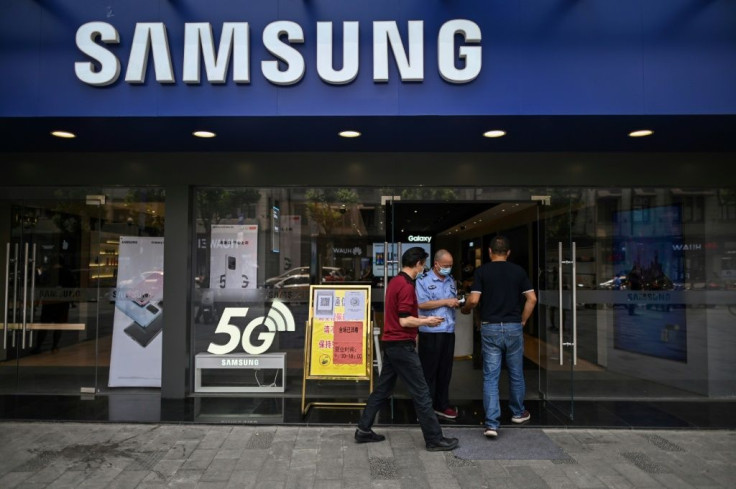Smartphone Consumers Bought More Midrange Models Than Flagships, Report Shows

KEY POINTS
- The COVID-19 pandemic affected every sphere of society, including the smartphone market
- More people chose cheaper models instead of more expensive flagships during the pandemic
- Apple's iPhone SE and Samsung's midrange offerings are perfect examples of this trend
Despite their cutting-edge features and looks, flagship smartphones were forced to take a backseat as more consumers chose to buy cheaper handsets amid the COVID-19 pandemic, a report reveals.
Consumers paid an average of $503 for the smartphones they bought during the second quarter of 2020, a report from technology market analyst firm Canalys revealed. It was during this time that the COVID-19 pandemic hit, forcing some businesses to downsize and many to stay at home for their own safety.
Canalys' analysis showed that the number of smartphones shipped dropped by 5% year-on-year during the second quarter. Despite this, the smartphone industry saw an 11% quarter-on-quarter increase due to the resumption of smartphone manufacturing operations at Chinese plants in March, as well as the reopening of stores in May and June.
Apple and Samsung sold the most smartphones during this period, the report said. Seven out of 10 smartphones shipped were either an iPhone or a Galaxy handset.
What's interesting about Apple and Samsung's performance during the second quarter of 2020 is that both companies sold more affordable models and fewer flagships.
Apple, for example, sold 15% more iPhone 11 units than the iPhone XR, which was last year's bestselling iPhone. The launch of the iPhone SE pushed the company's market share even higher by 47%. This indicates a strong demand for the company's most affordable handset, which is sold starting at $399.
Samsung, on the other hand, shipped about the same amount of smartphones as last year. The majority of these units, however, weren't flagships.
The South Korean company sold 59% fewer Galaxy S20 5G series devices than last year's Galaxy S10 series devices. Consumers instead preferred to buy lower-end Galaxy A10e and Galaxy A20 devices. These devices can be purchased for $180 and higher.
Canalys analyst Vincent Thielke attributes the drop in consumer demand for 5G devices to the COVID-19 pandemic.
“As the coronavirus pandemic forced consumers to stay at home, 5G adoption in the US failed to take off,” Thielke said. “Store closures and virus fears limited interaction with demonstration models, tight consumer budgets further constrained spending power, and with scarce 5G network coverage in American suburbia, consumers saw plenty of reasons to buy a 4G device instead.”

© Copyright IBTimes 2025. All rights reserved.



















